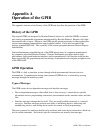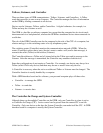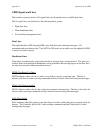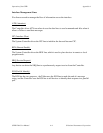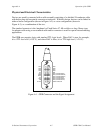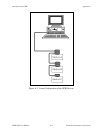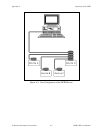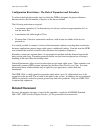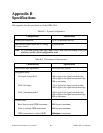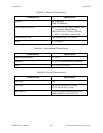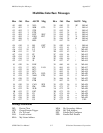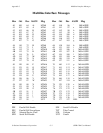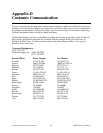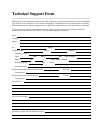Operation of the GPIB Appendix A
GPIB-120A User Manual A-8 © National Instruments Corporation
Configuration Restrictions: The Role of Expanders and Extenders
To achieve the high data transfer rate for which the GPIB is designed, the physical distance
between devices and the number of devices on the bus are limited.
The following restrictions are typical:
• A maximum separation of 4 m between any two devices and an average separation of 2 m
over the entire bus.
• A maximum total cable length of 20 m.
• No more than 15 devices connected to each bus, with at least two-thirds of the devices
powered on.
It is usually possible to connect a cluster of lab instruments without exceeding these restrictions,
but many applications require longer cable spans or additional loading. From the time the GPIB
was invented, the need has existed for bus extenders and expanders (repeaters).
Extenders connect two separate buses via a transmission medium and the distance between the
buses can be quite long. Expanders generally buffer one bus from an adjacent bus, allowing a
doubling of the total cable and loading limits.
National Instruments offers several products that accept longer cable spans. These extenders can
functionally connect GPIB systems separated by distances from 20 m to over 2 km. For more
information about which extender may be right for your application, contact National
Instruments.
The GPIB-120A is a high-speed bus expander which allows up to 14 additional devices to be
connected to the bus and 20 m of cable to be added to the system. In addition, the two connected
GPIBs are optically isolated to prevent ground loop and noise problems. Only one GPIB-120A
is required per expansion.
Related Document
For more information on topics covered in this appendix, consult the ANSI/IEEE Standard
488.1-1987, IEEE Standard Digital Interface for Programmable Instrumentation.




